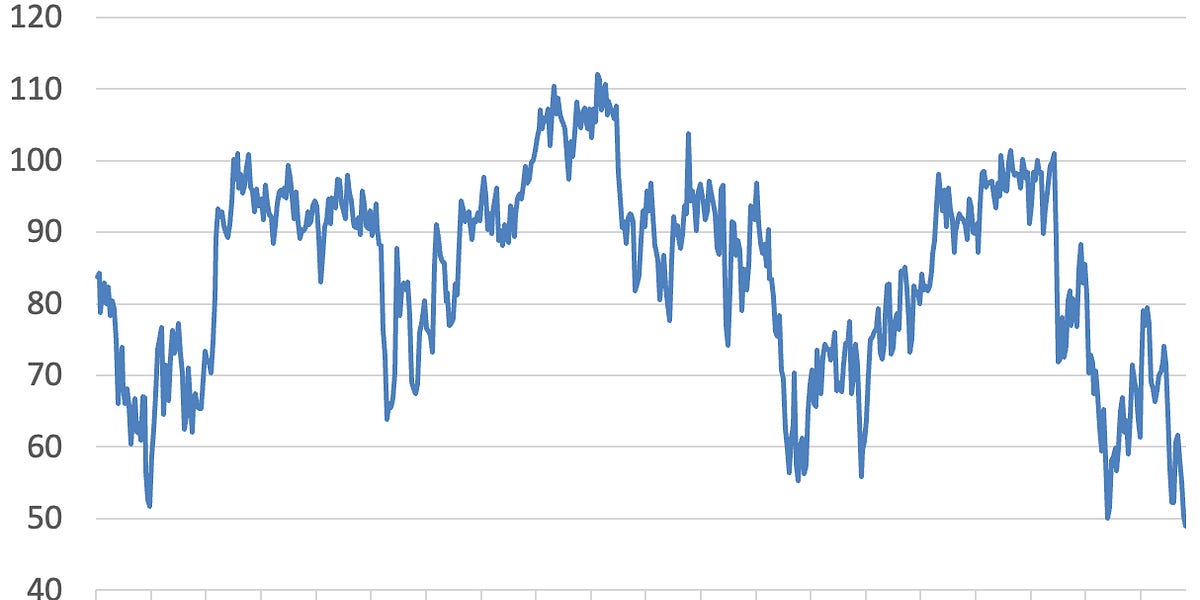Leading German car manufacturers and equipment suppliers are relying on an open-source alliance to remain competitive in the software-dominated automotive world. The recently launched initiative aims to reduce dependence on large technology companies such as Apple, Google, and Microsoft and to strengthen the digital sovereignty of the German automotive industry.
There is an ambitious timetable for the implementation of the project, writes the Tagesspiegel in its background service. Initial implementations and the definition of a reference architecture are to take place by the end of 2025. After costly failures, swift action is needed.
Production vehicle by 2030
“The aim is to bring a production vehicle with the complete open-source software stack onto the market by 2030 at the latest,” the report states. Previously, it was only known “that the software scope for the series development of a platform for autonomous driving should be available in 2026.”
The idea is that the modular software scope can be adapted or supplemented and then made available to the industry as a customized distribution for series development. “This allows manufacturers and suppliers to focus on differentiating functions while basic components are maintained together.” This creates a strong foundation for innovation.
Moving away from proprietary solutions
With the support of the German Association of the Automotive Industry (VDA), the driving forces behind the alliance include manufacturers such as BMW, Mercedes-Benz and Volkswagen as well as leading suppliers such as Bosch, Continental and ZF. International partners such as the Eclipse Foundation are also involved in the project. The eleven founding members published an agreement (“Memorandum of Understanding”) on “pre-competitive cooperation in software development” based on open source at the end of June.
A considerable amount of the vehicle software is not directly tangible for the user and therefore does not contribute to brand differentiation, was the reason given. This allows the relevant components to be developed jointly “in an open and collaborative” ecosystem.
The merger aims to meet the highest security and quality requirements. It is planned to certify the open-source processes and ensure compatibility with existing standards such as Autosar (Automotive Open System Architecture). This involves middleware for control units in networked cars. The core principle is to move away from proprietary software in the automotive sector, which is currently mainly developed by US companies. In general, the German and European automotive industry want to meet the increasing challenges of digitalization with the start-up.
.png)



